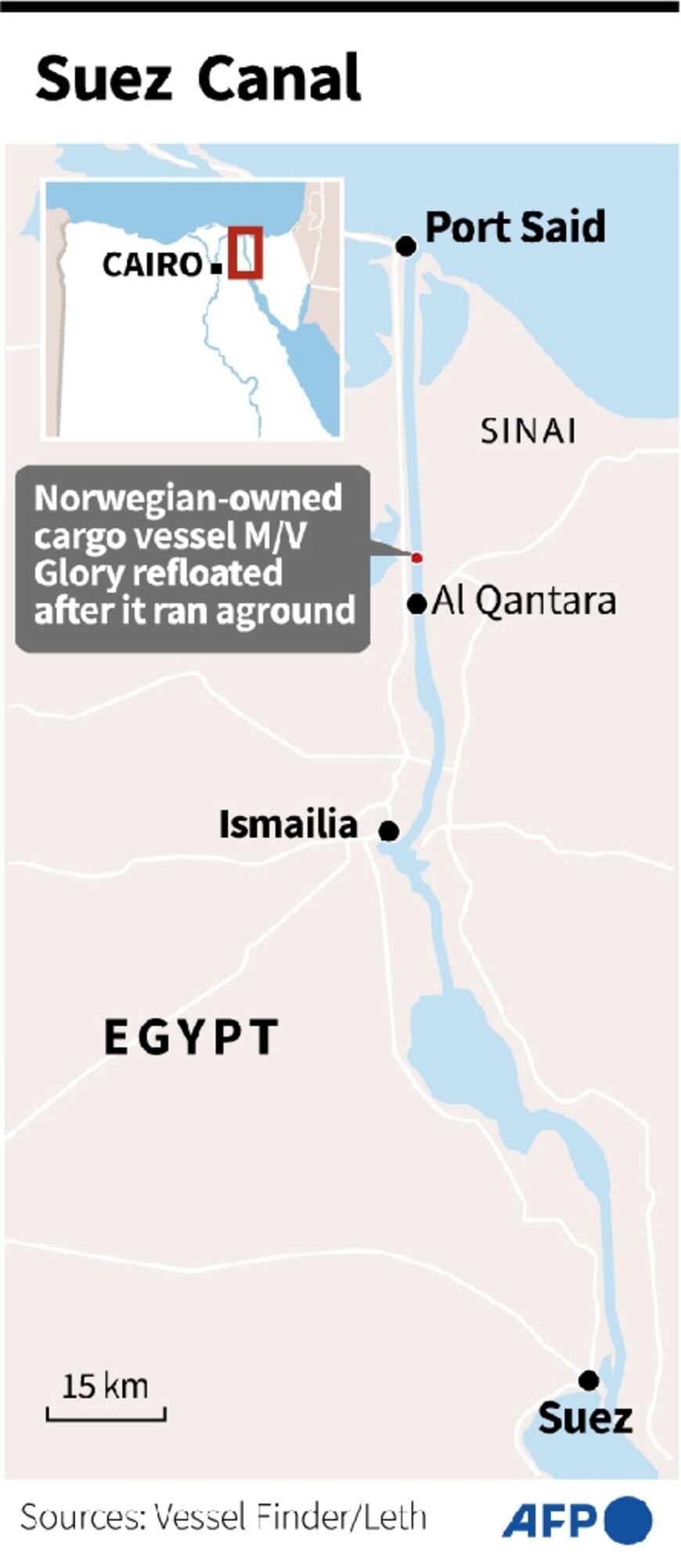Embarking on a journey from Mombasa to the Suez Canal by sea offers a unique opportunity to traverse some of the world's most historically significant maritime routes. This voyage not only connects two vibrant regions but also provides breathtaking views and insights into the rich cultural tapestry that lines the coasts along the way. From the bustling port city of Mombasa, known for its vibrant markets and stunning beaches, to the iconic Suez Canal, a marvel of engineering, this route promises an unforgettable experience.
This article delves into various aspects of traveling from Mombasa to the Suez Canal by sea, including historical context, logistics, and recent developments in maritime operations within this region. By exploring these elements, readers will gain a deeper understanding of what makes this particular sea journey so remarkable and how it continues to play a vital role in global trade and international relations today.
The U.S. 5th Fleet initiated Central Partnership Station in Kenya, focusing on enhancing relationships with regional navies through collaborative missions. Operating across the Arabian Sea, parts of the Indian Ocean, and critical choke points such as the Strait of Hormuz, Suez Canal, and Bab al-Mandeb, the mission aims at fostering stronger ties among partner nations. With personnel from the U.S. 5th Fleet engaging in a five-day relationship-building exercise with the Kenya Navy in Mombasa, the initiative underscores the importance of maritime security cooperation in ensuring safe passage through these strategic waterways.
This collaboration is crucial given the increasing volume of cargo transported via ships connecting Cairo to Mombasa. Freight services offer multiple options for shipping goods between Egypt and Kenya, with transit times varying depending on the mode chosen. For instance, air freight provides faster delivery compared to cargo ships or road transport; however, each method has its advantages based on cost, speed, and environmental impact considerations. Shippers can compare rates, estimate travel durations, and evaluate carbon footprints when deciding how best to move their freight across this route efficiently.
Navigating Through Time: Maritime Routes Connecting Continents
Historically, sailing from Mombasa towards the Mediterranean involved navigating around Africa’s southern tip before heading northwards toward Europe—a lengthy yet necessary path due to technological limitations preventing larger vessels from traversing narrower channels like the Suez Canal during earlier centuries. However, advancements in shipbuilding technology eventually enabled steamships to utilize this shortcut significantly reducing travel distances while revolutionizing global commerce patterns.
Today, modern cruise liners continue to capitalize on these improved pathways offering passengers luxurious journeys filled with stops at fascinating destinations along the way. One notable example includes Semester at Sea programs where students embark on educational voyages visiting numerous countries spread across continents starting from Amsterdam all the way down to Dubai passing through key ports such as Aqaba in Jordan and our very own Mombasa here in Kenya among others.
These experiences highlight both the practicality and allure associated with long-distance sea travel providing individuals opportunities not only learn about diverse cultures but also witness firsthand the intricate web spun by international trade networks linking distant shores together creating shared histories worth preserving.
Modern Challenges & Opportunities Along Ancient Pathways
Despite advancements made over time, challenges persist concerning maintaining secure passages especially within areas prone to piracy near critical junctures like Bab el Mandeb Strait or even inside busy corridors like the Suez Canal itself which remains vital artery facilitating much global trade flows annually. Recent events involving blockades caused disruptions affecting economies worldwide underscoring need robust measures safeguard against future incidents threatening stability supply chains reliant heavily upon uninterrupted access these waters.
On brighter note though ongoing collaborations amongst military forces alongside private sector stakeholders committed improving safety standards throughout entire length proposed routes contribute positively overall environment promoting peaceful interactions amongst actors operating therein. Such partnerships foster mutual trust helping build resilient systems capable adapting changing circumstances thereby ensuring continued prosperity those depend heavily upon successful execution cross-border transactions carried out regularly basis.
In addition, innovations emerging field sustainable shipping practices promise reduce adverse effects traditionally linked mass movement goods overseas thus aligning closely objectives sustainable development goals set forth United Nations encouraging greater adoption cleaner technologies minimize ecological footprint left behind growing demands satisfy ever-expanding consumer needs globally.
Exploring Alternative Routes: Diversifying Connections Between Regions
While traditional routes connecting East Africa with Middle Eastern territories remain popular choice many traders seeking efficient means transporting merchandise back forth alternative paths sometimes explored depending specific requirements project scope available resources etcetera . One interesting possibility involves utilizing rail infrastructure extending northern direction reaching Egypt then switching modes transportation aboard vessel crossing Mediterranean Sea ultimately arriving desired European destination point.
This approach presents several potential benefits including reduced exposure risks typically encountered open ocean environments plus added flexibility scheduling deliveries according seasonal variations weather conditions prevailing different segments journey undertaken . Furthermore integration multimodal solutions enhances overall efficiency operations enabling better coordination efforts maximize resource utilization achieve optimal outcomes desired parties involved transaction process.
Regardless chosen pathway taken accomplish intended purpose underlying principle remains same - establishing reliable connections bridging gaps separating communities separated vast expanses liquid highway connecting hearts minds people everywhere reminding us once again timeless truth humanity shares common destiny bound together threads woven tightly fabric life itself transcending boundaries artificial constructs erected separate define differences instead celebrate unity diversity found every corner globe touched waves rolling endlessly shorelines world over.

